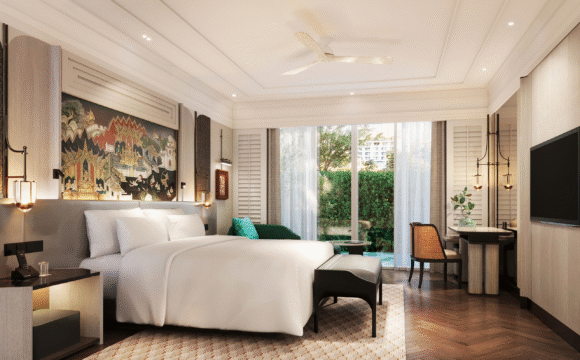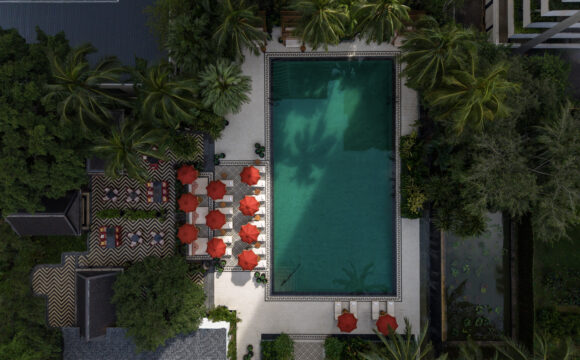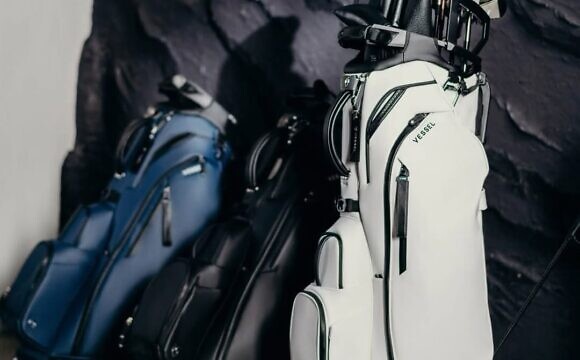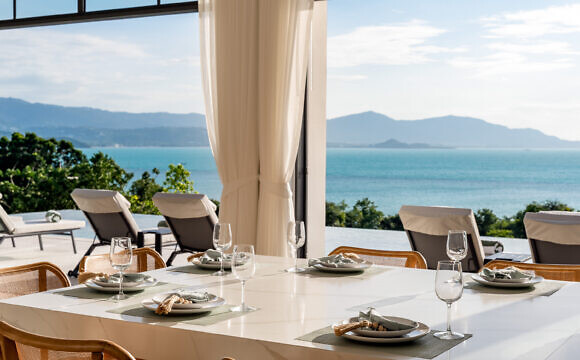Robb Report caught up with William Harris (AvroKO) who had plenty to say about design, creative ruts and why Instagram is never the goal
There’s a lot more to a restaurant than its food or impressive resume, and if you pay Nan Bei (Bangkok) or Momotaro (Chicago) a visit, you’ll get it. Every detail is en pointe. The success of these places owes much to AvroKO, the hospitality industry’s trusted authority and hungry patrons’ gateway to a good time. It also runs successful F&B establishments of its own – cutting its teeth with Public in New York City, a blue riband destination that propelled AvroKO to fame but is now defunct after a glittering 14 years.
Founded in 2001 by friends – Adam Farmerie, the extrovert frontman; William Harris, the guy with a genius for ambience; Greg Bradshaw, the “relentless workhorse"; and Kristina O’Neal, the glue that holds everyone together and binds the ties – AvroKO is a close-knit family of creatives with vivid imaginations, a keen spirit of adventure and the desire to create physically and emotionally connected experiences. Robb Report Singapore caught up with Harris, who had plenty to say about design, creative ruts and why Instagram is never the goal.
“Our key approach is ‘hospitable thinking’. It comes down to predictability and making people feel physiologically and psychologically safe. You have to remove any fear and also inject that shot of dopamine for some delight and surprise.
When we created our first restaurant, Public, in 2003, it laid the foundation of our voice, and a lot of it was also out of necessity and the fact that we didn’t have a lot of money. So creativity had to come in, such as elevating humble materials like concrete and giving new life to the reclaimed.
I’m most inspired by just walking the streets and back alleys of different cities and noticing weird juxtapositions, like things that are just a result of happenstance. The highest and most exquisite level of materials aren’t necessarily a luxury anymore, so it’s much more about surprise, experience and how you’re engaging people.
We’ve always been very narrative-driven and we also create spaces for people to bring their own story to complete the picture. It’s never about being too didactic or prescriptive. How people react in a space and how they use it is the final design touch that’s really thrilling.
There are a lot of great lessons to be taken from the past. We recycle ideas and similar sensibilities, and present them in new ways. It’s not copy and paste, but a matter of layering with new ideas.
No, I haven’t been in a creative rut. I think all of us have been tired and depleted at times, but we’re never short of ideas. The biggest challenge for us designers is being a strong editor and keeping things on point. The key is to align with great clients and being able to create a unique point of view that is focused. If clients want to do everything under the sun and be everything to everyone, that’s the first red flag.
I am definitely not thrilled if a brief comes in saying a design has to be Instagram-worthy. I believe that if you create a great experience that’s memorable, the rest will take care of itself. If you create something only to be shared, then you’ve lost the goal.”










